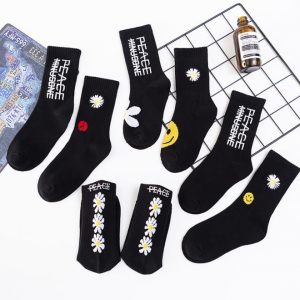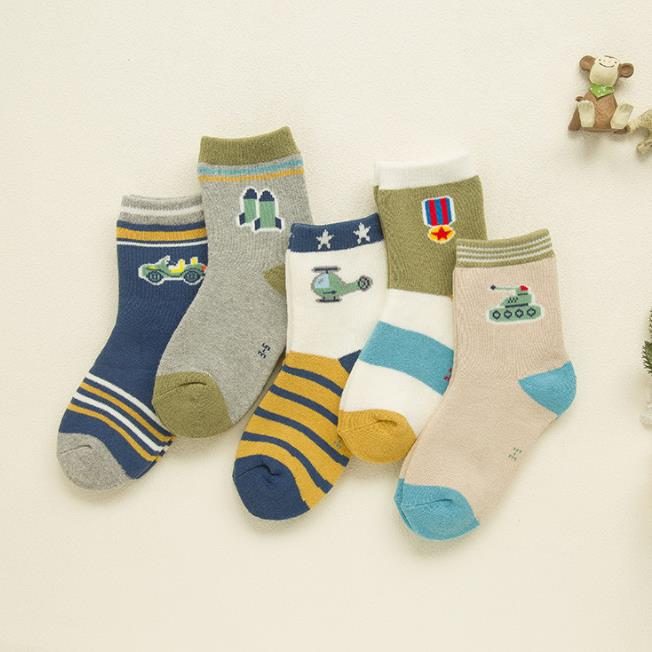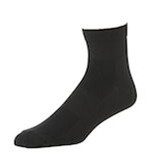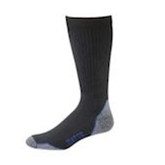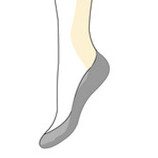To achieve both comfort and performance, soccer socks are typically made from a blend of materials that offer specific benefits. Here are the key materials commonly used in soccer socks for optimal comfort and performance:
- Polyester: Polyester is a synthetic material known for its durability, lightweight feel, and moisture-wicking properties. It helps draw sweat away from the skin, keeping the feet dry and reducing discomfort during the game. Polyester also dries quickly, which is beneficial for players who may need to switch socks between matches or training sessions.
- Nylon: Nylon is another synthetic material used in soccer socks for its strength and stretchiness. It helps provide a secure and comfortable fit, preventing the socks from sagging or slipping during play. Nylon also contributes to the overall durability of the socks.
- Spandex: Spandex, also known as Lycra or elastane, is a stretchy material that adds elasticity to the socks. It allows the socks to conform to the shape of the foot and leg, providing a snug fit and preventing bunching. Spandex is crucial for keeping shin guards in place and maintaining stability during the game.
- Cotton: While synthetic materials dominate modern soccer socks, some blends may still include a small percentage of cotton. Cotton is comfortable and soft, making the socks more pleasant to wear. However, pure cotton socks tend to retain moisture, which can lead to discomfort and blisters during extended play. Hence, soccer socks usually have a limited amount of cotton or none at all.
- CoolMax: CoolMax is a specialized polyester fabric designed for advanced moisture-wicking capabilities. It helps regulate temperature by keeping the feet cool and dry, making it an excellent choice for soccer socks, especially in warm weather.
- Merino Wool: In some cases, especially for cold-weather soccer, you might find socks blended with merino wool. Merino wool is a natural material that offers excellent insulation, moisture-wicking, and anti-odor properties. It keeps the feet warm and comfortable in chilly conditions while still managing moisture effectively.
The combination of these materials creates soccer socks that are not only comfortable and moisture-wicking but also durable and supportive. Players should look for socks with a good balance of these materials, depending on their specific needs and the playing conditions they encounter. For example, athletes in hot and humid climates might prefer socks with higher moisture-wicking capabilities, while those playing in colder weather may opt for socks with better insulation properties. Ultimately, finding the right combination of materials will enhance both comfort and performance on the soccer field.
